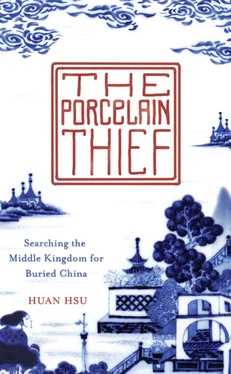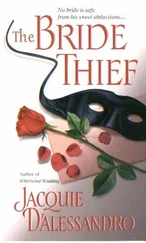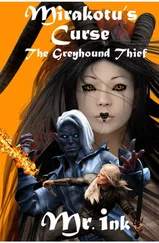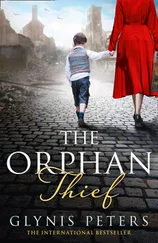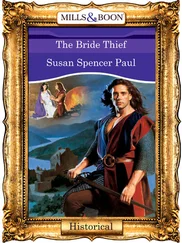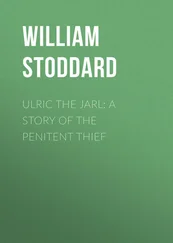A few nights after the burial was completed, Liu heard a knock on his door. He opened it to find a raggedy Chinese soldier, who asked if he could spare something to eat. Liu took him in and fed him. The soldier ate as if it were his first meal in weeks. When he finished, he looked up from his bowl. “Mister, is your family still here?” the soldier asked.
“Yes, they are,” Liu said.
“Why have you not left yet?” the soldier said. “The city has fallen. The Japanese are here.”
The next morning the family packed as much jewelry and silver coins as they could fit into their pockets and bundled their clothes in knapsacks. They stuffed winter and summer clothing for five people into a woven basket that Old Yang, who had no family but for the Lius, carried on a bamboo shoulder pole. The thousands of extra silver dollars that were too heavy to carry were thrown into jars and buried in a hastily dug hole in the floor of the living room. Then my great-great-grandfather barricaded the heavy front doors and joined the Chinese retreat.
Seventy years later I went to China to find what he buried.
IF MY PARENTS EVER TOLD ME ABOUT MY GREAT-GREAT-GRANDFATHER’S buried porcelain, it had never registered. Growing up in Utah, I paid little attention to family stories, most of which concerned overcoming hardships that I, preoccupied with overcoming my own hardship of being Chinese and non-Mormon in Salt Lake City, couldn’t relate to and didn’t care to hear about. Any reminders of my family history only impeded my goal of being as American as possible or, short of that, as un-Chinese as possible, a rebellion that included working harder at sports than math and refusing to apply to Harvard. As far as I was concerned, the Chinese people in my life, with their loud, angry-sounding manner of speaking and odd habits, were from another planet and had traveled to Earth for the sole purpose of embarrassing me.
But I always loved to dig, and as a child I made many holes in the backyard looking for arrowheads or fossils, usually giving up once I hit a thick layer of clay a few feet down, which was about the same time my mother noticed what I was doing to her lawn, anyway. As I got older, this preoccupation manifested itself in searching for things thought lost, nonexistent, or impossible to find. I spent most of my time in an MFA program ignoring my classmates’ suggestions to write about being Chinese, instead researching the unique discovery of an antibiotic during World War II—it was isolated in the tissue of a little girl who had been hit by a car—and trying to track down that girl. As a journalist, some of my favorite stories also involved hunting: looking for edible mushrooms in city parks, poking around the storerooms of Washington, D.C., institutions for forgotten art, stalking pickpockets with undercover police, and profiling an obsessive amateur archaeologist cataloging the Paleo-Indian history of his neighborhood (with whom I participated in a number of surreptitious excavations, satisfying an old itch).
After taking a job at the Seattle Weekly, I visited the Seattle Art Museum for a story and found myself drawn to SAM’s Chinese porcelain collection. My parents never owned any such porcelain, and my encounters with it were limited to mentions of Ming vases (always pronounced “vahz”) as signifiers of wealth in pop culture, but perhaps because I had just moved to my fourth city in seven years, the collection elicited some subconscious familiarity with it. My favorite object was a little red “chrysanthemum” dish, about six inches in diameter, with scalloped edges that caught the light in a way that rendered them almost translucent. Decorated with a square of sixty-four gold Chinese characters, all the SAM curators could tell me was that it had been fired sometime in the late eighteenth century.
Since the SAM curators had never bothered to translate the text, I called my father, a physics professor who, just for fun, once spent a sabbatical summer doing conservation work at Chicago’s Field Museum. His nerdiness caused me no small amount of anguish when I was young (he wore a pocket protector well into my high school years), but he was also the exact kind of nerd who could translate the dish for me.
The poem, my father told me, had been penned by the owner of the plate, the fifth emperor of the Qing dynasty, Qianlong, and was a paean to the makers and craftsmanship of the dish. And because my father is incapable of answering any question without first fully contextualizing the answer in the most pedantic way possible, he went on to explain that Qianlong was known for leaving his mark, in the form of calligraphy, stamps, and poems, on many precious pieces of art—a common practice among Chinese collectors. “His calligraphy was okay,” my father said, “but he is not remembered as a poet.”
Qianlong was one of the great figures in Chinese history, both a successful military leader who expanded China’s territory by millions of square miles and a devoted patron of the arts. He commissioned one of the most ambitious literary projects in Chinese history, the creation of a library of classic Chinese texts, and fancied himself a bard. During his reign the imperial kilns in Jingdezhen, about ninety miles east of my great-great-grandfather’s village and the center of world porcelain production, reached their zenith in technology and quality. But Qianlong was also famously sinocentric, refusing to increase trade with the West, and rejecting the Industrial Revolution as a fad and Western technology as toys. At the height of Qianlong’s rule, China was the richest country in the world by a wide margin. When he died in 1799, his treasury was empty, porcelain exports to Europe had all but stopped, and centuries of progress and innovation were undone, setting China on course for humiliating defeats in the Opium Wars, the Sino-Japanese Wars, massive domestic rebellions, and finally, the overthrow of the Qing dynasty and the eventual rise of Communism.
“One more thing,” my father said before we hung up. “Your mother’s family had some porcelain. You should ask her about it.”
Once my mother told me the story of my great-great-grandfather’s porcelain, Qianlong’s crimson plate, a burst of bloody color amid the mostly white pieces surrounding it, became more than just an example of the imperial porcelain that my family might have owned. It was the beginning of an epic narrative that began with my family’s buried heritage and extended to my standing there in a Seattle museum surrounded by ceramics that, for all I knew, might have once passed through my great-great-grandfather’s hands. Here was the house of Liu, ascending nicely through post-imperial China, when the Japanese invaded and they lost everything. The guns had barely cooled from that conflict when the Communists took over, and my family lost everything again when they fled to Taiwan. In Taiwan my grandmother started from nothing once more, scrimping and saving to send her children to college in America, where things like Communist takeovers didn’t happen. The longer I looked at that red chrysanthemum plate, the more I wanted to touch it, feel its weight, and run my fingers over its edge, which, like its country’s—and my family’s—history, was anything but smooth.
I harangued my mother for more details: How much porcelain and silver was buried? Were there really imperial pieces in the collection? Had anyone ever tried to dig it up? What happened to it? But to my surprise and consternation, neither my mother nor her two brothers, who had all been born on mainland China, emigrated to Taiwan as children, and emigrated again to the United States for graduate school, knew or cared much about this part of their history.
Читать дальше
